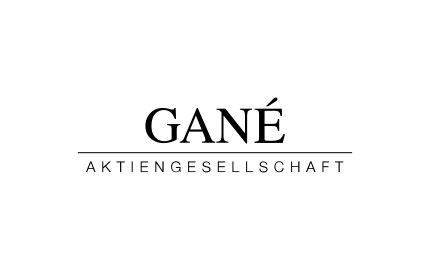Capital markets are sometimes prone to exaggeration. Aggressively marketed new business models regularly fuel the imagination of investors. As in the case of Peloton. Hopes of a revolution in the global fitness market caused the manufacturer of spinning bikes to soar to a breathtaking market capitalization of around USD 50 billion during the coronavirus pandemic – even though the company has never been able to generate an annual profit on the stock market. Today, the world looks different – the market capitalization has fallen by over 95 percent to just over USD 1 billion.
But it is not only stock prices that can exaggerate. The reaction of capital markets to the statements made by Jerome Powell showed this week that expectations regarding future interest rate cuts can also reach an overly optimistic level. At the end of last year, capital markets were pricing seven interest-rate cuts in the US for 2024, although the US central bankers themselves only expected three.
What happened? The normalization of global supply chains and the slowdown in demand for consumer goods caused core PCE inflation to fall faster than expected from over 5.5 percent to below 3 percent. When Powell held out the prospect of a turnaround in monetary policy before the central bank reached its 2% inflation target – he spoke of “long before” in December 2023 – many market participants felt that the first interest rate cuts were imminent. The clear reference to data-dependent and careful proceedings apparently faded far into the background. In his press conference on January 31, 2024, Jerome Powell made clear that monetary authorities wanted to gain more confidence in the sustainability of the decline in inflation and that an interest rate cut in March is “probably not the most likely case”. Capital markets were unpleasantly surprised, as a March rate cut had been priced in with a 50 percent probability.
GANÉ also expects a turnaround in monetary policy due to the continuing slowdown in inflation this year. However, the ongoing strength of the labor market and the slow normalization of wage growth remain to suggest that it is impossible to make an exact forecast of the number, extent, and timing of future interest rate cuts. Despite the expected start of a new rate-cycle, it is much more significant to us that governments and companies will have to continue to cope with significantly higher cost of capital – especially in comparison to a world with negative interest in previous years. We will therefore continue to avoid being caught up in short-term exaggerations or overly euphoric expectations for rate cuts and instead remain focused on shares of highly profitable companies with low levels of debt and on short-term government and corporate bonds with high credit ratings and liquidity.
Author:

